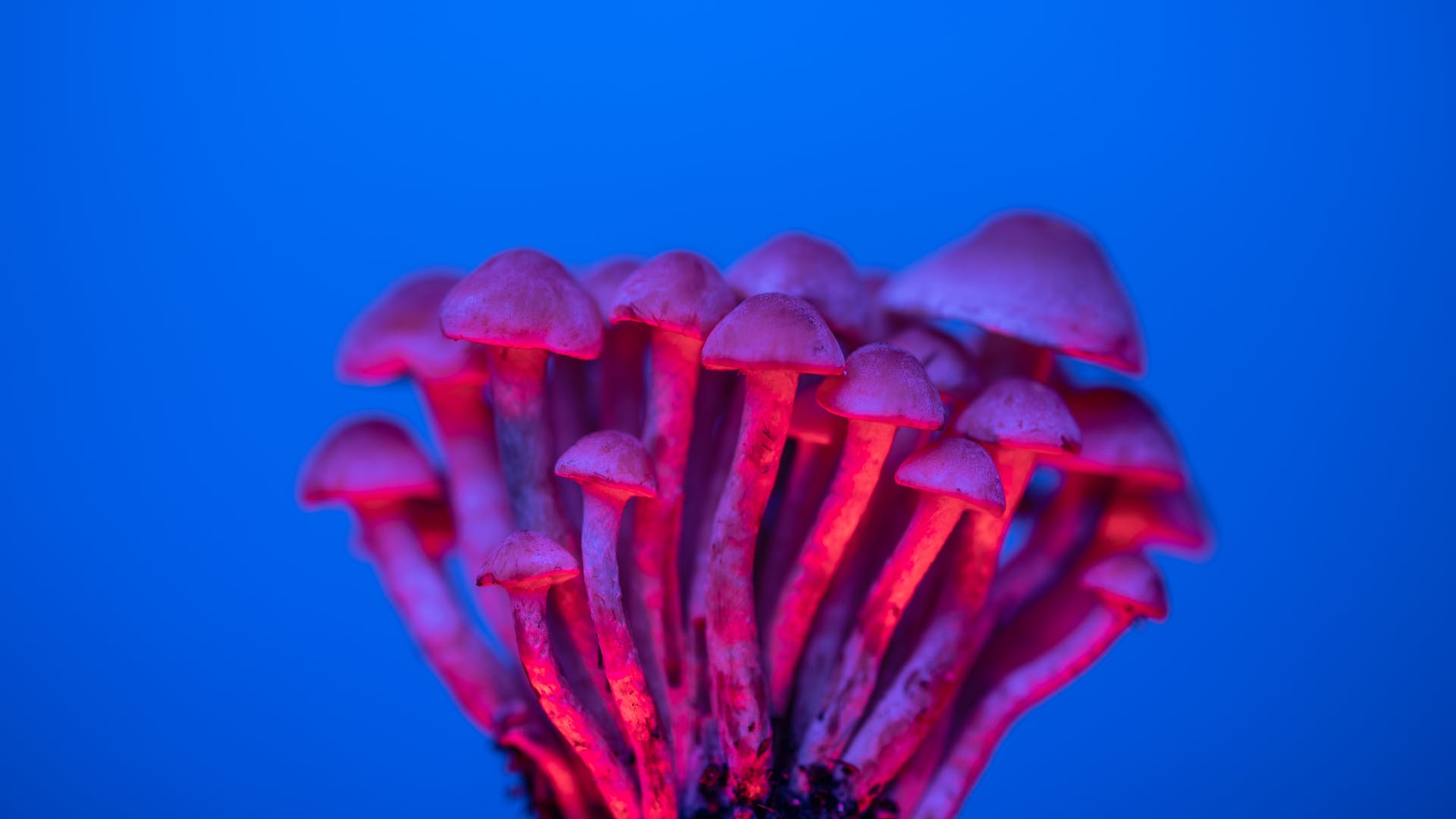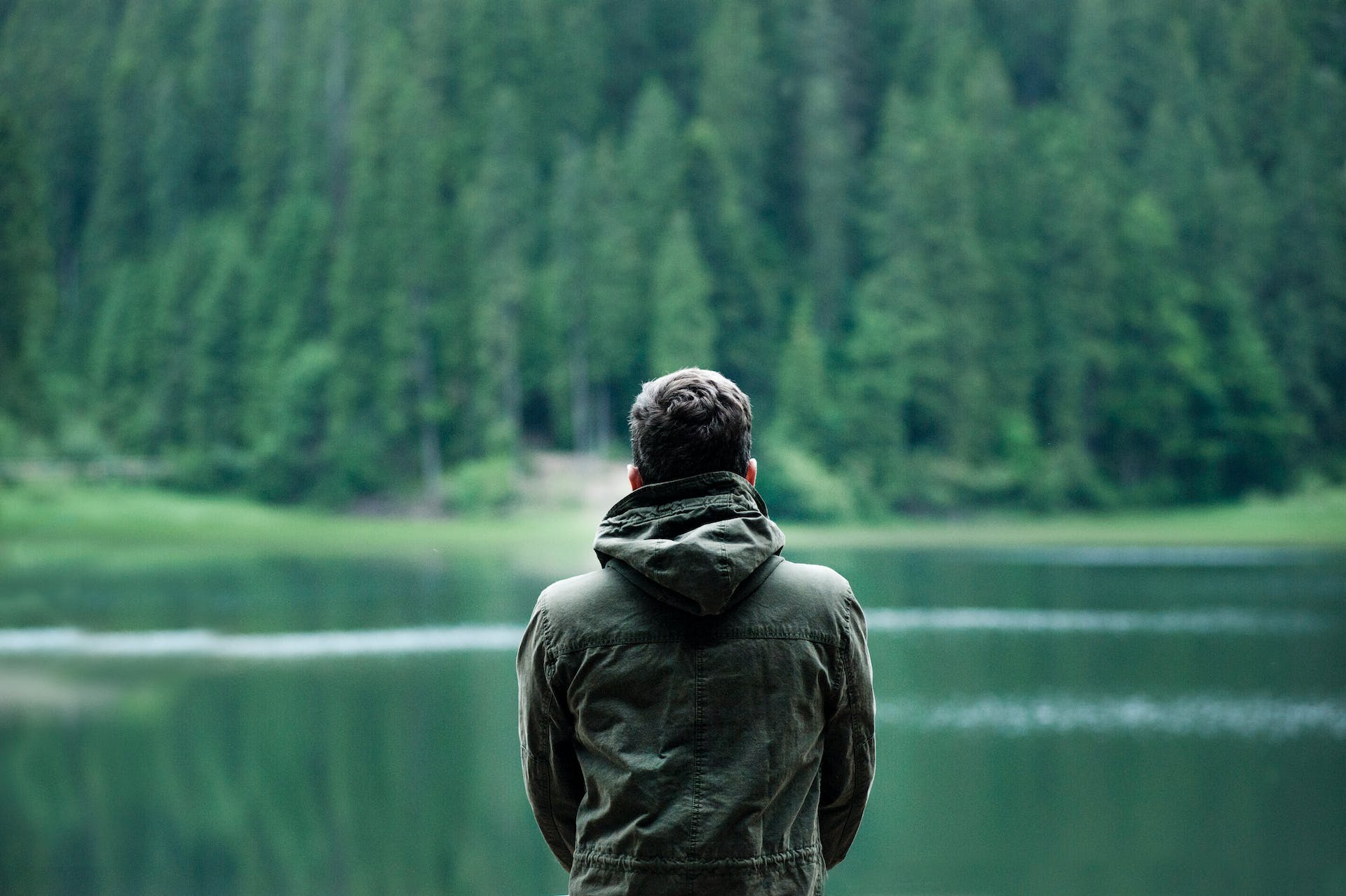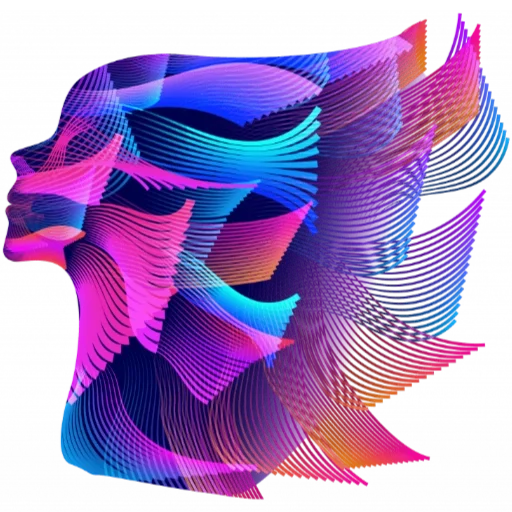Your cart is currently empty!
-
Microdosing and Migraines: How Tiny Doses Can Make a Big Difference

Living with migraines is torturous, and it’s natural to look anywhere and everywhere for relief. You may have tried over-the-counter medications, prescription treatments, acupuncture, or injections, only to find your symptoms persist. There are also those who prefer natural and alternative therapies to traditional medical approaches, and for them, this guide may prove especially useful. In this article, we will look into microdosing for migraines and how taking small doses of psychedelics may be able to finally bring you the relief you deserve.
What is microdosing?
Microdosing is taking a small amount of a substance in order to achieve its benefits without experiencing undesirable effects. In the case of psychedelics, the goal of microdosing is to achieve their mental and physical benefits while avoiding any psychoactive symptoms (e.g. a blissful high or psychedelic trip). Taking psilocybin, the main psychoactive component in the Psilocybe cubensis mushroom, may be able to help alleviate migraines in some people.
Microdosing and migraines
The American Migraine Foundation reports that people have taken psilocybin for over 20 years to manage cluster headaches—pain that is shorter than a migraine and only occurs on one side of the head. Their research finds that users report microdosing helps lower both the frequency and intensity of their headaches. A 2022 double-blind placebo trial found that psilocybin microdosing did help reduce cluster headache symptoms in some patients; the researchers also noted that among all the participants who microsed tolerated psilocybin well and experienced no negative side effects or reactions. While that may be only one small, exploratory study, it highlights the emerging trend in medicine to explore psychedelics as a potential treatment for migraines. Microdosing in and of itself is not exclusive to psychedelics. In “Microdosing: Concept, Application and Relevance,” Dr. Tushar Tewari and Dr. Shoibal Mukherjee examine the underlying mechanisms of microdosing and explain how it can be useful to people. They define microdosing as taking “1/100th of the expected pharmacological dose.” While their article refers to microdosing in pharmaceutical testing, the same logic can be applied to microdosing psychedelics as well.

The goal is for someone to take the least amount of a substance as possible to achieve positive effects. The benefits of microdosing are reported to range from improved mood and enhanced concentration to less physical pain and reduced symptoms of stress, anxiety, and depression. In recent years, psychedelic pain management has begun to garner attention in the medical world. In 2021, Johns Hopkins Medicine received its first federal grant for psychedelic research in 50 years. Renewed interest is sparked by the striking similarities between many psychedelic drugs and pharmaceuticals; Dr. Emmanuelle Schindler, Medical Director of Headache Center of Excellence in West Haven, CT, revealed to the American Migraine Association that psychedelic substances are “chemically and pharmacologically very similar to existing conventional headache medications.” The exact neurological and physiological pain relief mechanisms of psychedelics are not fully known; the working theory is that they can reduce pain by enhancing brain connectivity.
The ability for your nerve cells (neurons) to communicate better may ultimately improve how you experience pain. In “The Psychedelic Science of Pain,” the University of San Diego offers insights from associate professor of anesthesiology and pain medicine, Timony Furnish, who helped publish a review in Regional Anesthesia & Pain Medicine that explores the history of psychedelics in pain management and puts forth a suggested theory on how it works. According to Furnish, psychedelics may “reorganize the pain pathways of the brain,” which can lead to greater relief than traditional medical interventions. People living with migraines can likely understand the struggle so many patients face trying to uncover the secret combination of treatments that will finally end their headaches. While nothing definitive has been proven yet, it’s highly possible that psilocybin could be the best psychedelic for reducing pain and restoring freedom in the lives of people battling migraines.
Research studies on microdosing for migraines
Psychedelics are ancient plant medicine, used by indigenous tribes around the globe for thousands of years. However, they are currently illegal in the United States, which can make research and clinical trials more difficult to definitively prove how effective microdosing is for migraines. As with most research surrounding psilocybin and psychedelic treatments, results thus far show mixed results. For example, in 2011, researchers found that psilocybin could cause headaches in healthy volunteers. The results were dose-dependent, with higher doses correlating with more intense headaches, though no participant rated their headache as severe.
In a 2020 randomized control trial, researchers administered a single dose of 0.143 mg/kg of psilocybin to 10 participants who suffer from migraines and found that microdosing helped reduce the frequency of their headaches after two weeks, and there were no negative effects. More recently, a 2022 narrative review of the effects of cannabinoids, psilocybin, and ketamine found that magic mushrooms can be an effective migraine treatment while also calling for greater exploration into the potential benefits of these alternative therapies. So far, the medical and scientific worlds need greater proof that psychedelics can treat migraines before psilocybin could be recommended as a proven treatment. That being said, the research we have available so far indicates favorable results.
Practical tips for microdosing
Before you try microdosing as a migraine treatment, there are important things to consider and understand about the potential benefits and risks. First, although the current body of research paints psilocybin for migraine relief in a favorable light, there is no conclusive evidence that it works or any guarantee that it will have positive effects. Some patients even experienced headaches after taking psilocybin, and this side effect was dose-dependent. That means the more you take, the greater risk you’ll likely have of experiencing a headache (or possibly worsening your current symptoms.” Remember, microdosing is not a perfected science yet. Everybody is unique, and each person has a different amount they may respond well to. However, the same substance that induces psychoactive highs is the same one you take when you microdose. The only factor that prevents a person from experiencing psychedelic mental alternation is the low dose. Therefore, sticking with a recommended microdose is key, and you should always start with the lowest dose possible. Rather than taking it each day, you might see benefits if you take psilocybin two or three times per week. You should also look for a producer of psychedelic microdosing products. Because psychedelics are illegal in Canada, they can be difficult to find, and there is no regulatory body to ensure the quality and safety of any product. This means there can also be legal risks associated with acquiring them.
The only exception to the law is Alberta, where clinicians licensed under the Mental Health Services Act may provide psychedelic-assisted therapy to patients with an appointed psychiatric medical director. However, beyond this application, magic mushrooms and other psychedelic substances are not able to be legally bought in Canada. Anyone who wants to explore them must do extensive research before ever consuming a product. Microdosing should also be given clearance by your doctor, especially if you have any pre-existing health conditions or take any prescription medications. Lastly, anyone who has a risk or history of schizophrenia, psychotic symptoms, or delusional disorders should not take any form of psychedelics in any quantity. Doing so can trigger the onset of psychosis or symptoms such as hallucinations, paranoia, and delusional thinking.

Case studies and personal experiences
Limited case studies exist online at the moment, but some internet research can reveal personal experiences of people who have tried psychedelics for migraine relief and shared their thoughts online. In 2015, Refinery29 published an article by an author under the name A. Khan. Khan revealed that they have taken magic mushrooms for several months to help with their focus and do anything about their “debilitating migraines.” Khan had tried many treatments in the past, ranging from beta blockers to Botox, but nothing had successfully alleviated their symptoms—until they tried psilocybin. They noticed a pattern in how the psychedelics impact both their headaches and emotional state, often feeling their best on day one, good on day two, and returning to their baseline by day three. They cite that one of their favorite features of microdosing is its lack of habit-formation. They can skip a week if they want without any detox or withdrawal symptoms to worry about. Aside from LSD, psychedelics are generally not addictive, making them a highly flexible form of alternative therapy for migraines.
Conclusion
Research surrounding psychedelics microdosing as a treatment for migraines is promising, though further studies are needed to confirm its efficacy and identify any potential risks it may present. So far, the literature suggests that microdosing for migraines can be a valuable alternative therapy to conventional measures. Rather than relying on prescription painkillers that are known to be habit-forming, people may explore using psychedelic substances that could ease their pain without the risk of addiction. That being said, microdosing should only be done under the guidance of a medical expert, and you should always fact-check and research extensively before trying any psychedelic substances for your headache.
